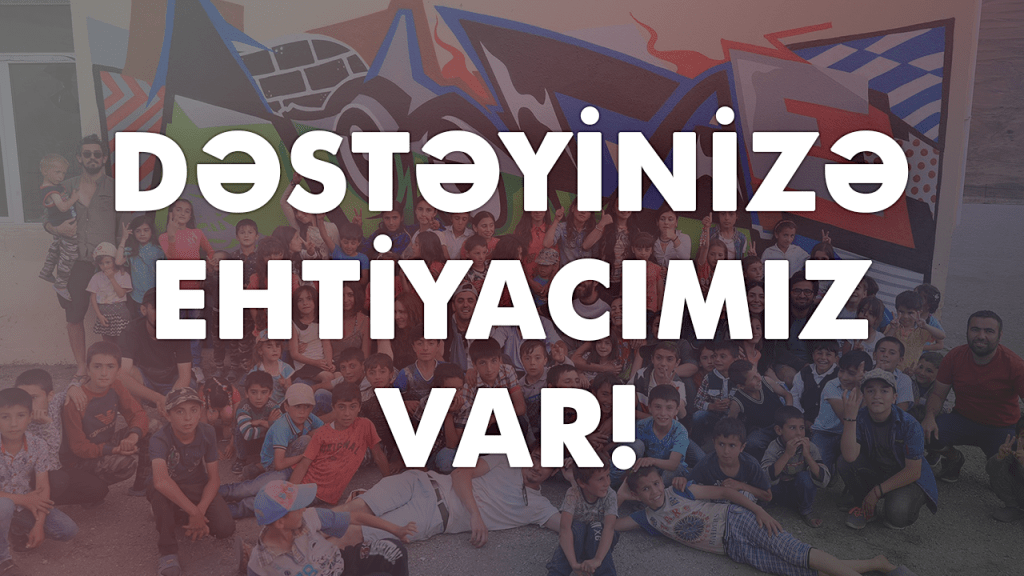Nicat Mammadov: For the Defense of Science

IN PROTECTION OF SCIENCE
The following text is inspired by a new experience in my life – a visit to a psychotherapist. My psychotherapist uses cognitive therapy, founded by Aaron Beck. Beck began as a Freudian psychoanalyst, but subsequently became disillusioned with classical psychoanalysis, which considers that the problem lies in the patient’s unconscious, and sees the root cause of problems in childhood. But cognitive therapy considers exactly the opposite: the problem lies in the patient’s mind and consists primarily of the errors of thinking and unconscious automatic thoughts. Cognitive therapy kind of reminds me of the Buddhist concept of salvation. As the tradition says, the Buddha preferred a noble silence on the metaphysical questions such as is there a God? Is there an afterlife?, and spoke of his teaching like this: “Imagine that there are children in the house covered by the fire, and I pass by. What should I do first? Of course, go inside and save the children as soon as possible. If I ask, “Who built this house?”, “What material is the house built from?”, the children will burn alive. So my teaching is primarily aimed at the salvation of man. All other questions are of secondary importance”.
One of the main differences of our generation of millennials from the generation of our parents is that they went to fortune-teller and mullah when problems arose, and we turn to psychotherapists in the same condition. And this is quite reasonable. After all, whatever a person studies, from driving a bicycle to distant galaxies, he studies this through his brain / consciousness. So, first of all it is necessary to study the brain / consciousness itself. Consequently, an ideal occupation today is science, the most important areas of which are psychology and psychiatry, cognitive and neuroscience, the study of AI.
Probably, our readers still remember “Qəfəs” – the first reality show aired on Azerbaijani TV. Two young men came out to the finals of that show, of which only one was to be the winner – the one who will collect more audience votes. One of the finalists was a novice businessman, who was going to open a flower shop with the prize fund. The other finalist was a young biologist who was going to use the prize for teaching and research in the field of genetics. The choice of the public turned out to be quite predictable: the viewer chose the businessman. Does this choice suggest that nothing has changed in our society since the maxim of Sabir “Oxutmuram, əl çəkin!”?
Some modern theorists believe that the postmodern began around the middle of the last century, following the tradition and modernity. The other part is convinced that each epoch had its own tradition, modern and postmodern. Traditional thinking is largely religious and symbolic. It can be likened to a pyramid, where all the elements obey a single apex.
Postmodern thinking is aesthetically pleasing; the unshakable Truth, so accentuated in the tradition, is replaced here with the “joyful game of the world” (J. Derrida), faith gives way to agnosticism, to declaration that “everyone has their own truth.” The postmodern figure becomes a rhizome — an anti-structure, where each element can be directly connected to any other element (the neural system of the brain; the Internet). Modernist thinking is scientifical and atheistic. Its figure is a rigid structure, where each element logically follows from the previous one. Tradition does not know time, it is completely in eternity. Postmodern accents being in “here and now.” Modern is always looking to the future.
Until very recently, the idea of Wittgenstein that “the solution of scientific problems does not lead to the solution of existential problems” was quite true. Indeed, despite all the research and discoveries, humanity continued to remain partly dissatisfied, partly lonely and, most importantly, mortal. From an existential point of view, death could be considered the only fair event, which no living thing can avoid. However, literally before our eyes, the scientific and technological revolution leads to the fact that death (along with illness and old age) will be the subject of choice of each individual person. Scientists suggest that in the foreseeable future, with the help of genetic engineering, cloning and digital loading of consciousness, death will no longer be inevitable.
If we take into account the following sequence of the cognizing mind: myth – religion – art – science, then we can assert the existence of progress. If earlier there was no alternative to mythological, religious and aesthetic thinking, then for two hundred years now it has been represented in the face of science.
If in everyday life there is a question of choice between faith and science, then the scale significantly tilts towards the scientific side. In everyday life, we are 99% guided and enjoy the fruits of science. This article is typed on a computer and is read from the screen of a computer or Smartphone. The author sent this article to the email site through a scientific and technical invention, and did not appeal to the Almighty with prayer to send a mail pigeon, to whose paw one could attach a letter.
More recently, I drew attention to the fact that in almost every teaching rationalists coexist with mystics: Plato and Aristotle in philosophy, Freud and Jung in psychology, the Prophet Muhammad and Imam Ali in Islam. Certainly, in comparison with the mystical rational perception of the world, oneself in the world seems poor, cold and “sterile”. However, common sense helps me – a mystic inborn and / or constructed by circumstances – to maintain mental health.
All of the abovementioned does not mean a call to abandon art and creativity. Creativity, art, literature help us to realize our own “silent depths”, “inexpressibility”. Literature, for example, gives us a language of description, rhetorical means by which we can verbalize these very “silent depths” and, thus, avoid many disorders. Joseph Brodsky in his “Parting words” – a speech to graduates of the University of Michigan – advised to acquire a magnifying glass and vocabulary and, if they had to turn to a psychoanalyst in the future, have a more extensive lexical base for accurate expression.
Unlike philosophy, which is fully aware of the inevitable ambiguity of the language and therefore tending to tautology (existence is being, non-existence is not), literature shows that one and the same thing or phenomenon can be called by different words. For example, periods can be called “to be sick”, “indisposition”. Perhaps the negative naming of natural phenomena leads to negative experiences, since language, reality and consciousness are in indissoluble connection. But you can also use neutral notation, such as “regulas”, “mensturation”, etc.
In contrast to literature, scientific discourse again looks cold and sterile. If an optimist says “The glass is half full,” and the pessimist, “The glass is half empty,” the scientist states: “A 200 mg glass contains 100 mg of liquid”. Science is first of all a statement, description, statistics, effective action for a tangible result. Coldness and sterility is not the highest price for accuracy and objectivity.
Today, If I had to choose between the metaphysics of philosophy and the epistemology of science, I would choose the last one. Critically assessing my hasty and ardent desire to pursue philosophy, I understand that it will take years to learn it, to apply it in my life and improve the quality of this life. A more productive and economical way, as I see it, is mastering the cognitive sciences. In addition, philosophical truths are embodied in such a roundabout way that they are completely distorted. For example: Socrates said, Plato wrote it down, Aristotle commented, and Alexander of Macedonia implemented. The difference is that Socrates died for the sake of his convictions, and Macedonian for the same goal sent others to death.
In recent days I read Joyce’s “A Portrait of the Artist as a Young Man” again, which describes the formation of a hero who left religion and chose to serve the art. Now I would like to read a hypothetical “Portrait of a scientist in his youth,” where the hero refuses art in favor of science.





